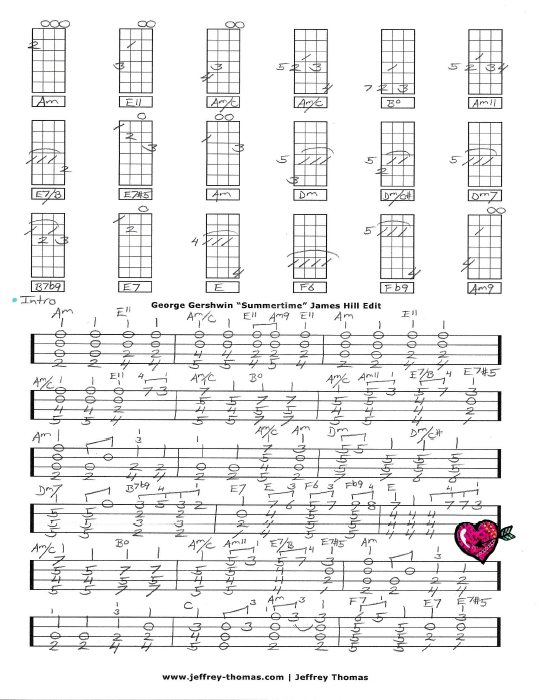

*Before you begin, make sure your ukulele is in tune! Check out this post to learn how to tune your ukulele. Soprano, concert, and tenor ukuleles and the second video covers baritone ukulele chords. Since different types of ukulele are tuned differently, we've put together two different videos explaining how to read and play ukulele chords. One of the easiest ways to get started playing the ukulele is to learn how to read these diagrams. Ukulele Chord diagrams like the ones shown in the image above represent the neck of the ukulele, so that you know where to put down your fingers to create the desired chord. When someone strums multiple strings of the ukulele in one swoop (rather than plucking one string at a time) they are playing chords. Check out the following videos to learn how to read ukulele tabs and get some easy ukulele chords under your belt!Ĭhord is a harmonic combination of notes that rings out together at the same time. A d7 on guitar is a g7 on ukulele and so on. As an example, think about a basic d chord. A great place for discovering uke tabs is over at where you’ll find tons and tons of them, grouped by difficulty.Knowing how to play chords is an invaluable skill for the beginner Fingerstyle solo arrangement tabs shown below include the melody interlaced with the chords, intended to be played by a single player and imply harmony and lead. In this example you would: pluck the 3rd fret of. This means ‘play a harmonic at the 12th fret on the E string’Īnd we’re done. But how do you play this A tab is always read from left to right and each number refers to the fret number. All songs within the genre icarly with ukulele chords and tabs. To play a harmonic on a note, use chevrons. Gear Long Sleeve T-Shirt Hooded Sweatshirt Crewneck Sweatshirt Long Sleeve Button Up. Here it means ‘slide from the 5th fret to the 7th fret on the E string, then slide back down from the 7th to the 5th fret’. Ooh, spooky! Simply add parenthesis around a note to mean ‘play it quietly’.įor a slide, use forward-slash (/) for going up the fretboard (towards the soundhole) and backslash (\) for going down. So below it’s telling you to ‘add vibrato to the 5th fret on the E string’. Here it means ‘bend from the 4th to the 5th fret on the E string’.Ī touch of vibrato, sir? It’s simply shown as a ‘~’ on either side of a note. To represent this, simply add a ‘b’ in between two notes. So here, it means ‘hammer from the 4th to the 5th fret, and pull off from the 5th back to the 4th fret on the E string’. So here, it means ‘pull off from the 5th fret to the 4th on the E string’. In the below example, its telling us to ‘hammer-on from the 4th to the 5th fret on the E string’Īnd the same in reverse, a ‘p’ means ‘pull off’.

Here are the main ones: Hammer On (h)Ī simple ‘h’ is used between two notes to mean ‘hammer on here’.

Tab symbols are used to represent more advanced techniques. Now we’ll look at the common tab symbols used. Here are the chords to Riptide, for example (Am, G, C) If there’s more than one fret number in a vertical line, that often (but not always) means it’s a chord. It’s not ideal, but it beats having to learn to read music.Ĭan you show chords in tab? You sure can. To get around this, numbers are spaced apart according to show the speed at which to play the notes. One of the drawbacks to using tab is there’s no reliable way of depicting rhythm. Or how about playing the 1st fret multiple times: Notice how tab doesn’t tell you which finger to play with, just the fret number you need to play.


 0 kommentar(er)
0 kommentar(er)
